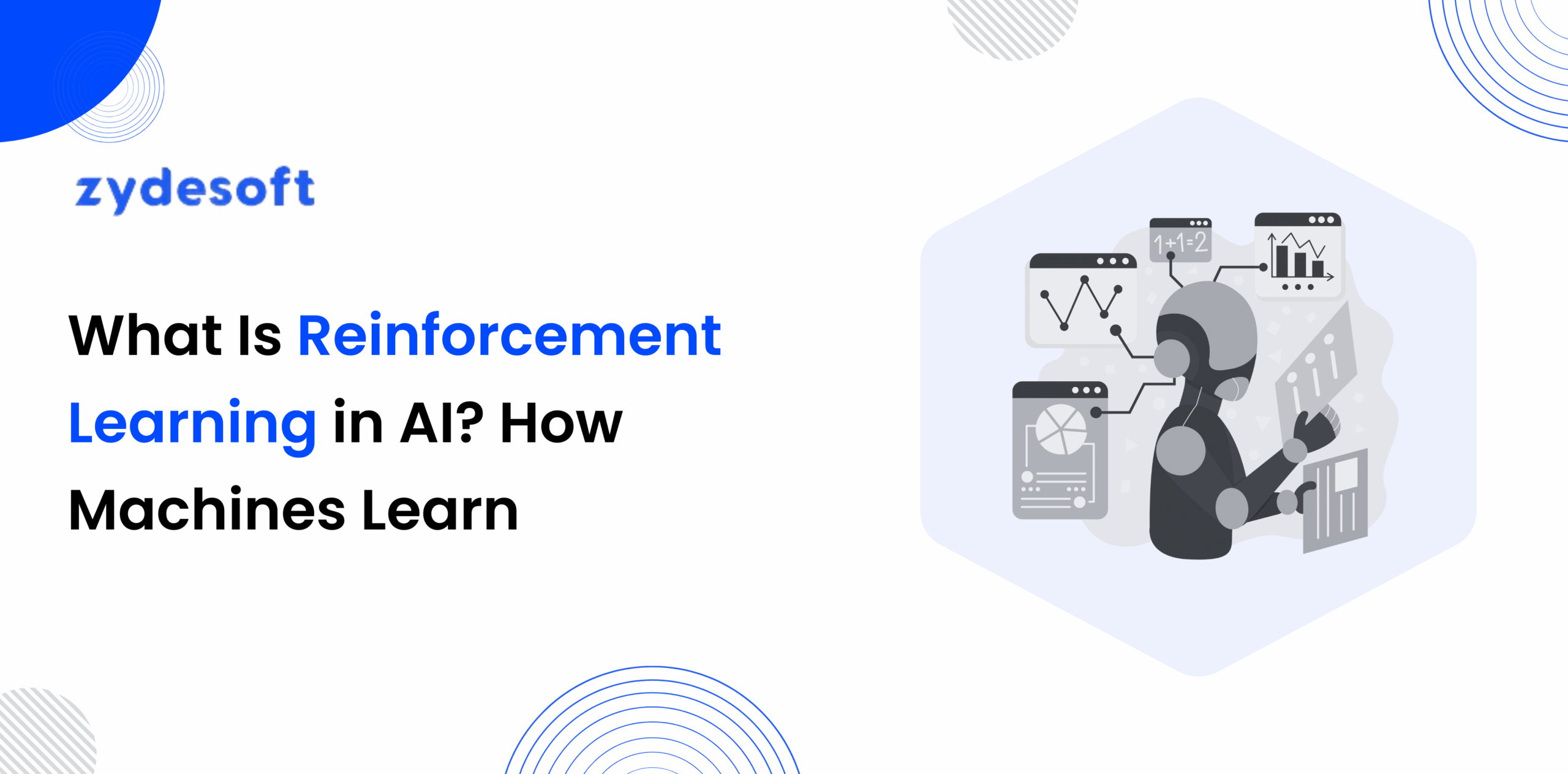
There’s a story I love to tell about the world’s most patient robot.
In a small robotics lab, a team of researchers set out to teach their robot to perfect a simple task: pick up a rubber duck from a cluttered table. But instead of spelling out step-by-step instructions, the scientists tried something novel. For every successful grab, the robot won a point. For every fumble—like knocking over a cup or missing the duck—it lost points. The robot started clueless and hilariously bad at the task, but after thousands of messy, clumsy attempts, it finally cracked it. The key? Not human instruction, but trial, error, and feedback.
This is the magic of Reinforcement Learning (RL): machines that learn not by instruction, but by experience. RL is transforming AI from “obedient assistant” to “adaptable problem-solver”—a leap that’s powering everything from industrial robots to Wall Street’s smartest trading bots.
But how does it actually work? What is reinforcement learning in AI, and why does it matter for the future of technology?
If you’re wondering what is a reinforcement learning in AI, here’s the simplest way to look at it.
Imagine managing a supply chain across 100+ cities. Every day, you’re balancing costs, speed, and customer satisfaction. The “right” decisions change as markets shift. Classic algorithms struggle here—they crave predictability and rules. Reinforcement learning in AI, by contrast, thrives in chaos.
At its core, RL is about learning by doing. An agent (the learner) interacts with its environment, tries different actions, and gets feedback via rewards (success) or penalties (errors). Over time, it learns a “policy”—a nuanced strategy for making better decisions in uncertain conditions.
Dr. Richard Sutton, co-author of Reinforcement Learning: An Introduction and one of the field’s pioneers, explained it simply:
“Reinforcement learning is the first computational theory of learning that is very close to the way real animals and humans learn: trial and error, consequences, reward and punishment.”
Reinforcement learning in AI isn’t just an academic novelty; it’s a proven driver of business value.
DeepMind’s AlphaGo, powered by reinforcement learning in AI, didn’t just learn the game of Go—it invented new strategies, achieving a 10:1 win record over the European champion (Nature, 2016). This milestone demonstrated the creative problem-solving power of reinforcement learning in AI.
Google’s robotics team used reinforcement learning in AI to enable robots to grasp random objects from bins with a 96% success rate—no manual programming required.
RL-powered systems like UPS’s ORION have saved over 100 million miles of driving annually, optimizing delivery routes even in dynamic, uncertain environments.
In healthcare, reinforcement learning in AI is being tested to personalize treatment regimens. In one study, RL-based insulin dosing reduced blood glucose violations by 25% compared to standard methods (Lancet Digital Health, 2022).
Related Article: AI’s Impact on Fintech
One of the key challenges in reinforcement learning in AI is balancing exploration (trying new things) and exploitation (using what’s already known to work).
Too much exploration can waste resources, while too much exploitation can prevent discovering better solutions. Modern reinforcement learning in AI algorithms are designed to manage this balance, ensuring continuous improvement.
Still asking what is reinforcement learning in AI? Think of it as an experience engine that helps machines make smarter, adaptive decisions over time. It’s not buzzword bingo; it’s a practical, evidence-backed approach that gives AI a competitive edge.
As data grows in volume and complexity, Businesses that leverage RL can expect smarter automation, faster adaptation, and a decisive edge.
Whether optimizing logistics, automating trading, or personalizing the customer journey, RL’s “learn from your mistakes” mindset is what will separate tomorrow’s winners from today’s followers.
So, the next time a robot picks up a rubber duck—or a supply chain AI reroutes your entire network overnight—you’ll know the secret behind their growing brains: a relentless will to learn and improve, one reward at a time.